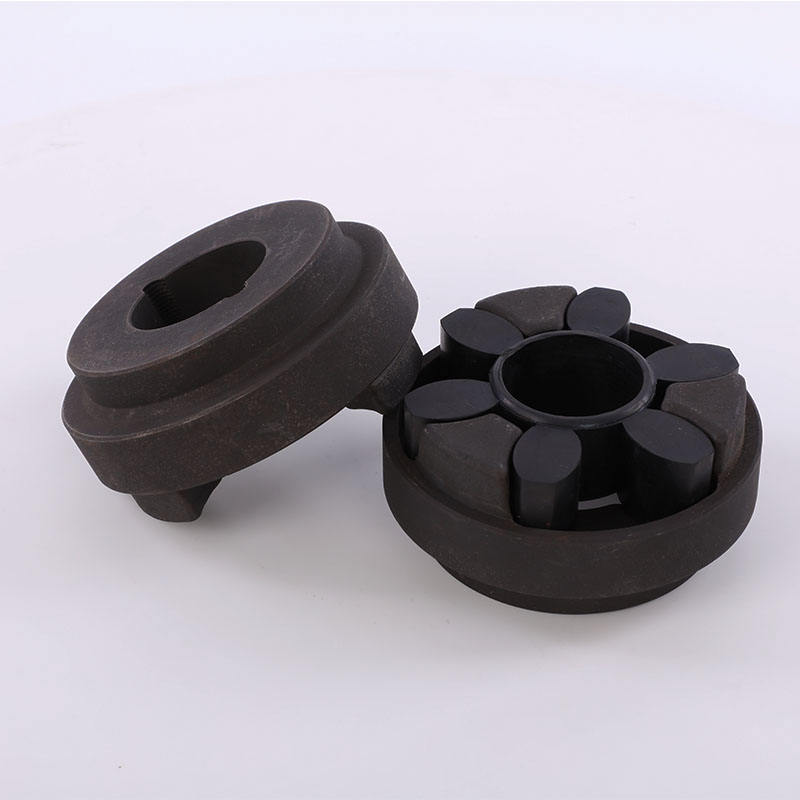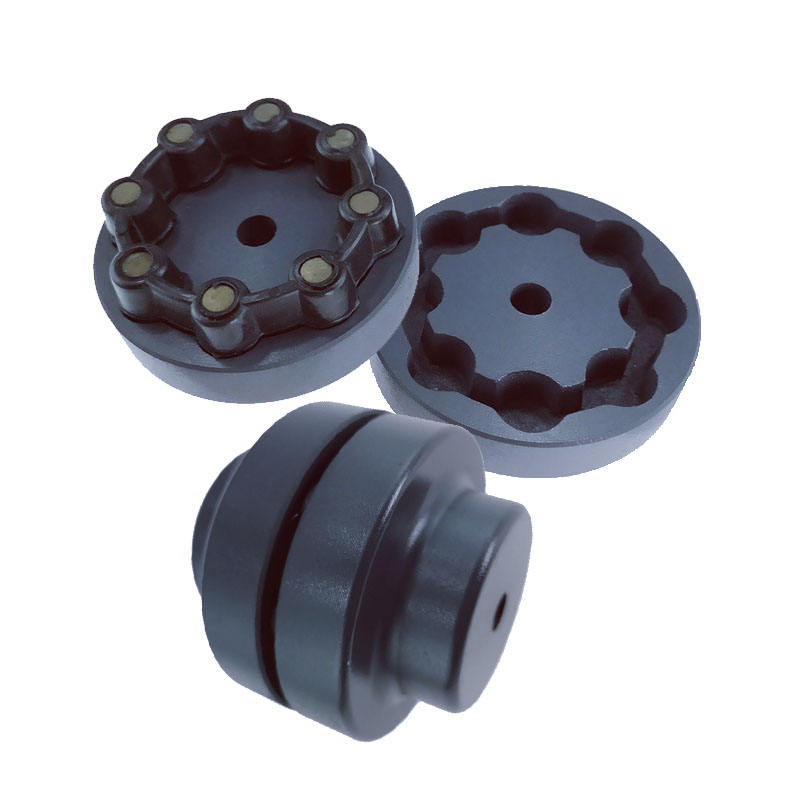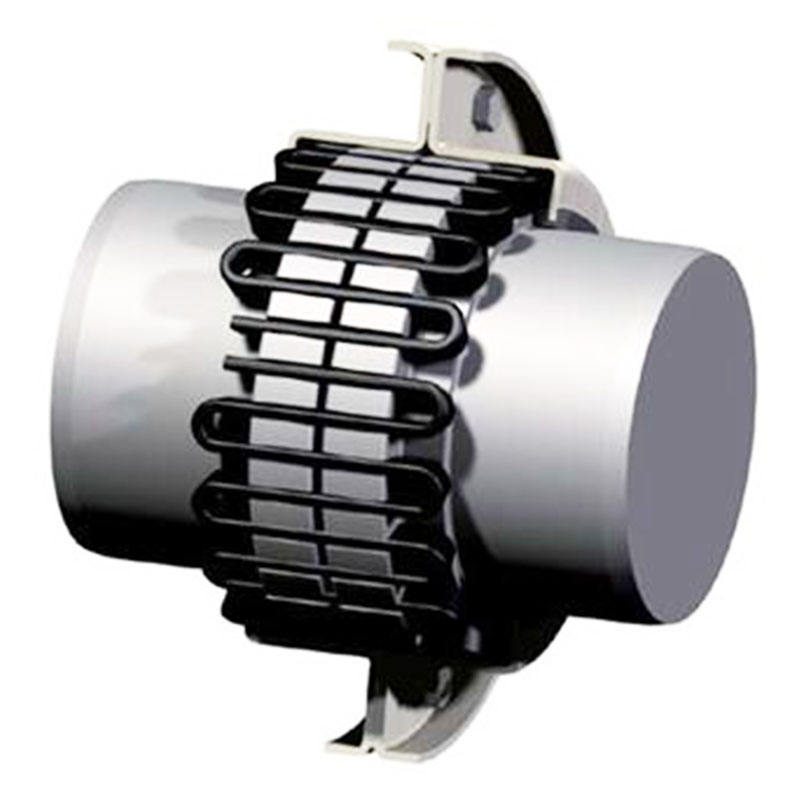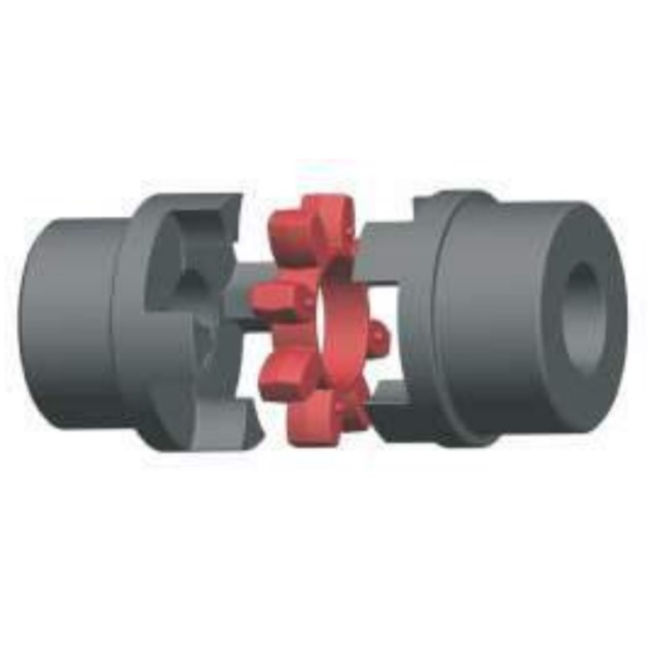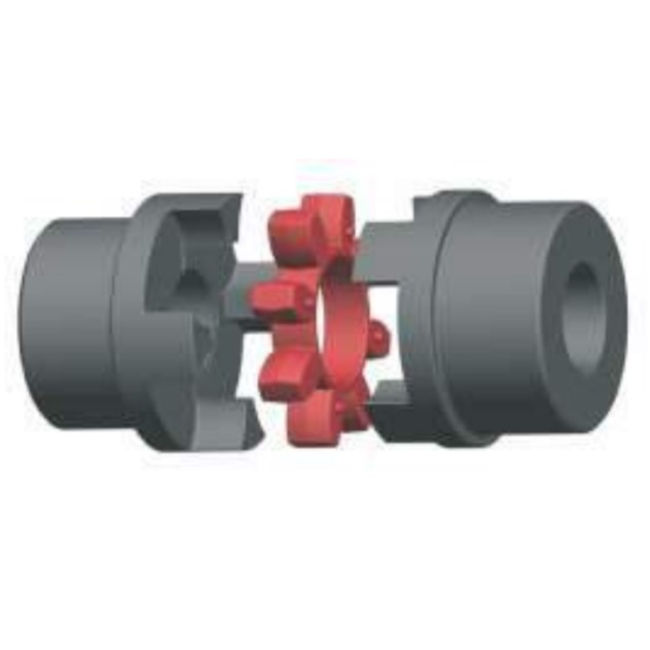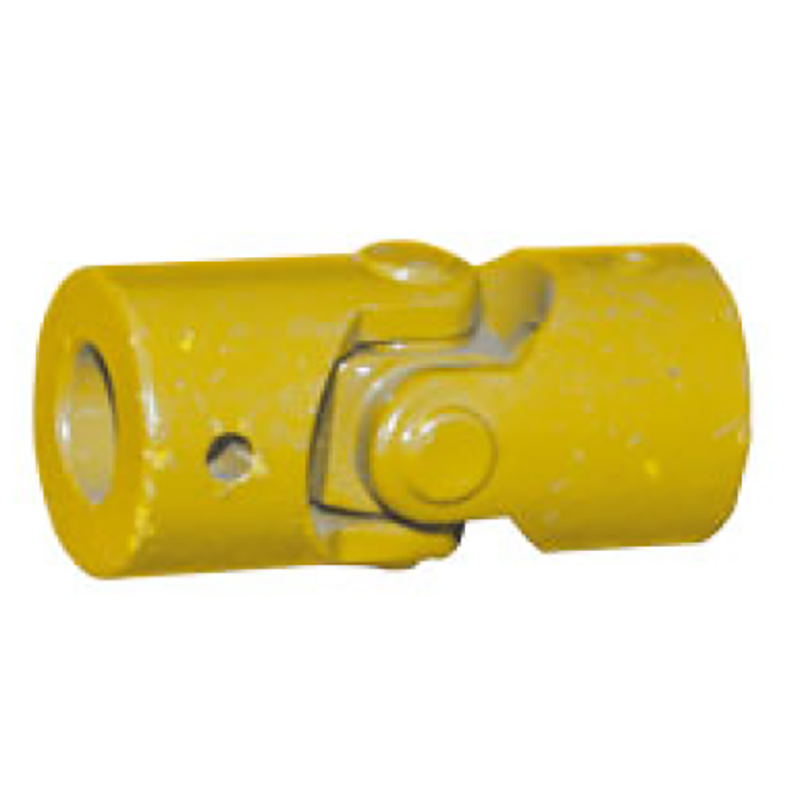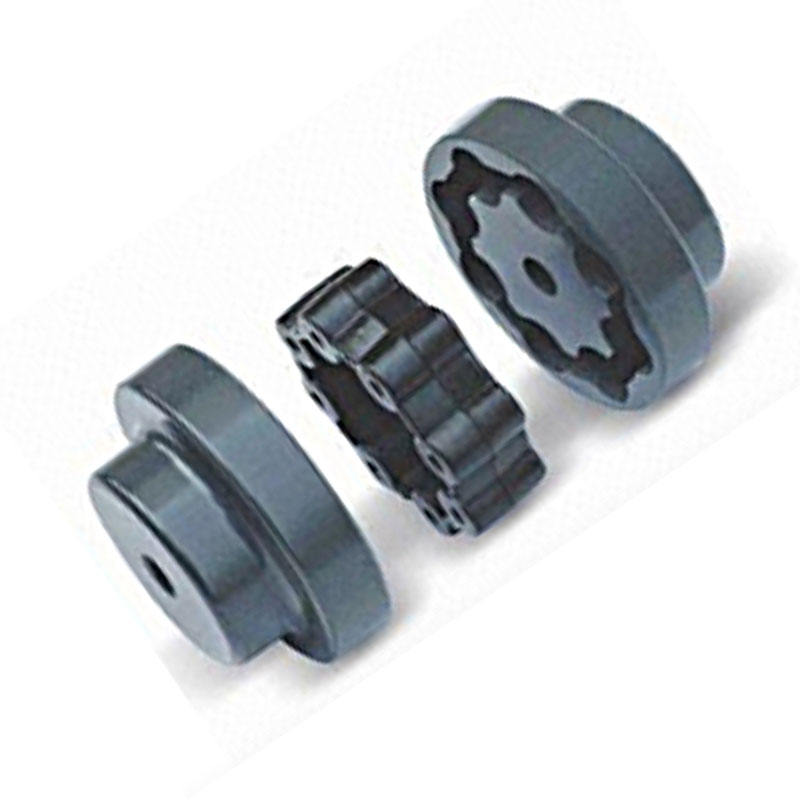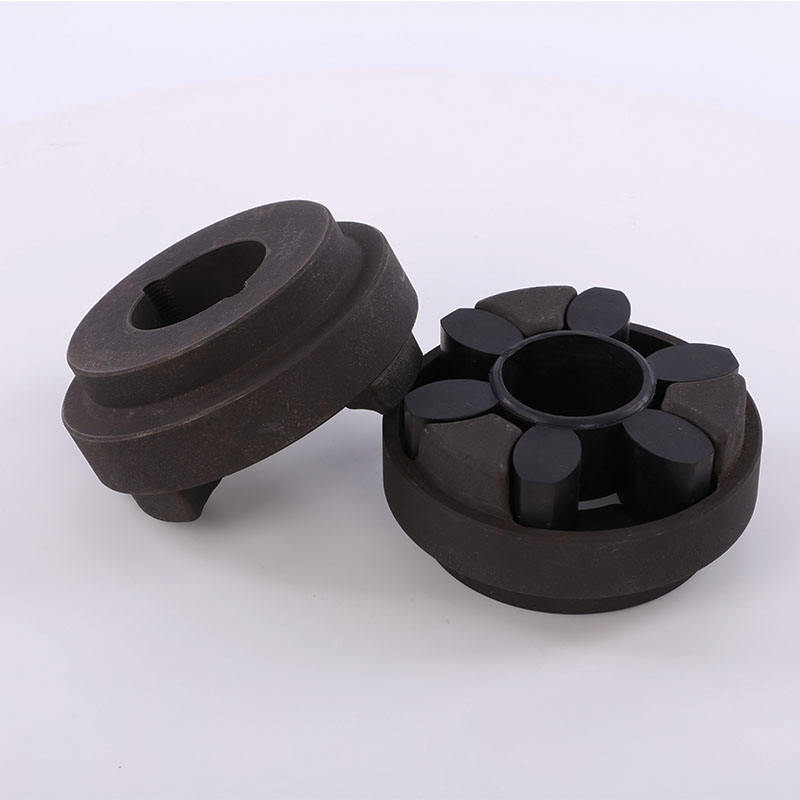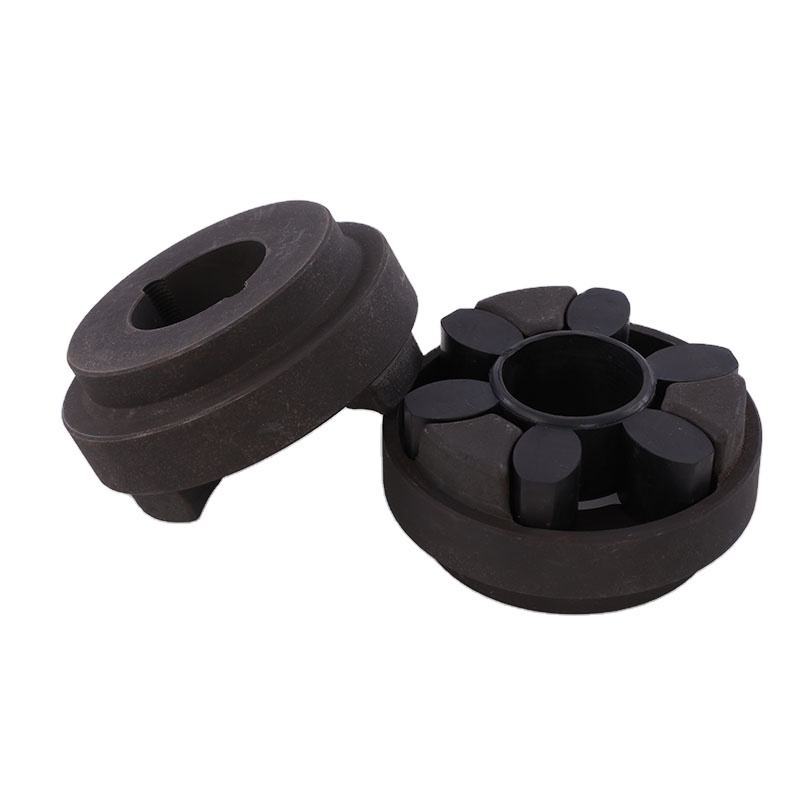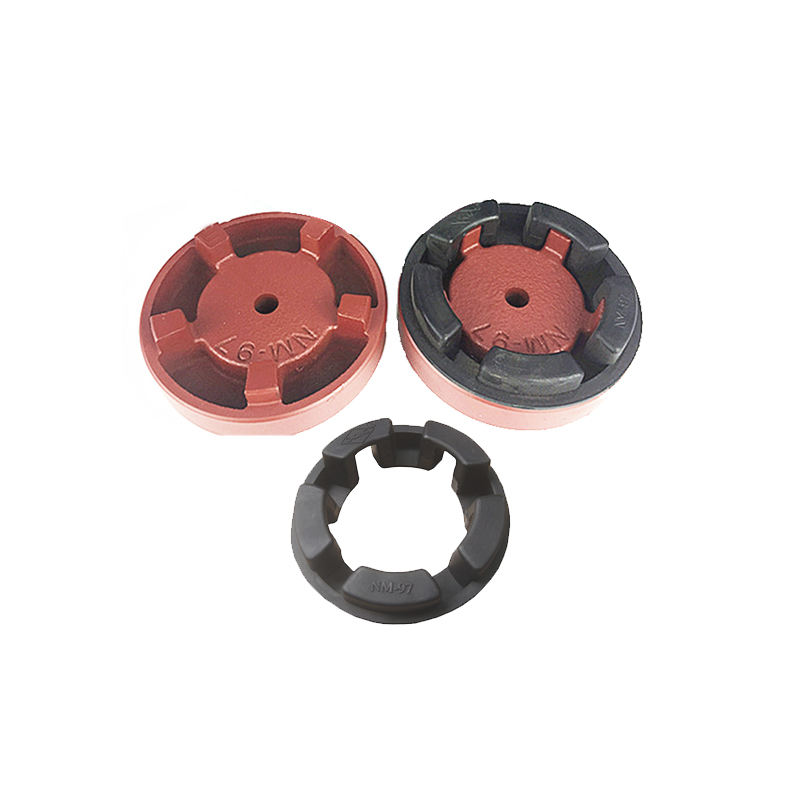In mechanical systems, couplings play a critical role in connecting two shafts together to transmit power, accommodate misalignment, and reduce shock loads. With decades of experience in engineering and industrial applications, we provide high-quality couplings designed for durability, precision, and efficiency. This guide offers an in-depth look at our product range, detailed parameters, and answers to common queries.
Our couplings are manufactured to meet international standards, ensuring reliability across various industries. Below are the key specifications for our standard product lines.
| Model | Bore Diameter (mm) | Max Torque (Nm) | Max Speed (RPM) | Weight (kg) | Application |
|---|---|---|---|---|---|
| CF-100 | 10-25 | 50 | 5000 | 0.5 | Light machinery, robotics |
| CF-200 | 20-40 | 200 | 4000 | 1.2 | Conveyors, pumps |
| CF-300 | 30-60 | 500 | 3000 | 2.8 | Heavy industrial equipment |
| CF-400 | 50-100 | 1000 | 2000 | 5.5 | Mining, marine applications |
What are the main types of couplings offered?
We provide flexible couplings, rigid couplings, gear couplings, and disc couplings. Each type serves specific purposes, such as compensating for misalignment or transmitting high torque.
How do I select the right coupling for my application?
Consider factors like torque requirements, shaft size, misalignment type and degree, operational speed, and environmental conditions (e.g., temperature, exposure to chemicals). Our selection guide and technical support can assist in choosing the optimal model.
What maintenance is required for couplings?
Maintenance varies by type. Elastomeric couplings are generally maintenance-free but should be inspected for wear. Gear couplings need regular lubrication to prevent wear and ensure longevity. Always follow the manufacturer's guidelines.
Can couplings be used in high-temperature environments?
Yes, we offer high-temperature couplings made from specialized materials like heat-resistant alloys or ceramics, capable of operating up to 300°C. Specify your temperature range when ordering.
How do couplings handle misalignment?
Flexible couplings accommodate misalignment through their design, such as elastic elements or sliding parts, which absorb angular, parallel, or axial deviations without significant power loss.
What is the typical lifespan of a coupling?
Lifespan depends on usage conditions, but our couplings are designed for long service life—often exceeding 5-10 years in standard applications with proper installation and maintenance.
Are custom couplings available?
Yes, we provide custom solutions for unique requirements, including special sizes, materials, or performance characteristics. Contact our engineering team with your specifications.
How do I install a coupling correctly?
Ensure shafts are clean and aligned within tolerances. Follow the installation manual, tightening fasteners to the recommended torque values. Misinstallation can lead to premature failure.
What certifications do your couplings have?
Our products comply with ISO 9001, CE, and ASTM standards, ensuring quality and safety for global markets.
Can couplings reduce vibration and noise?
Yes, especially flexible couplings with elastomeric elements, which dampen vibrations and reduce noise levels in mechanical systems.
